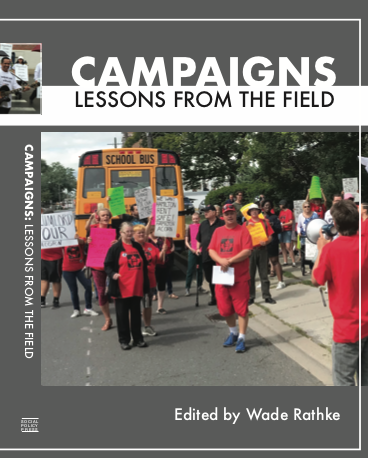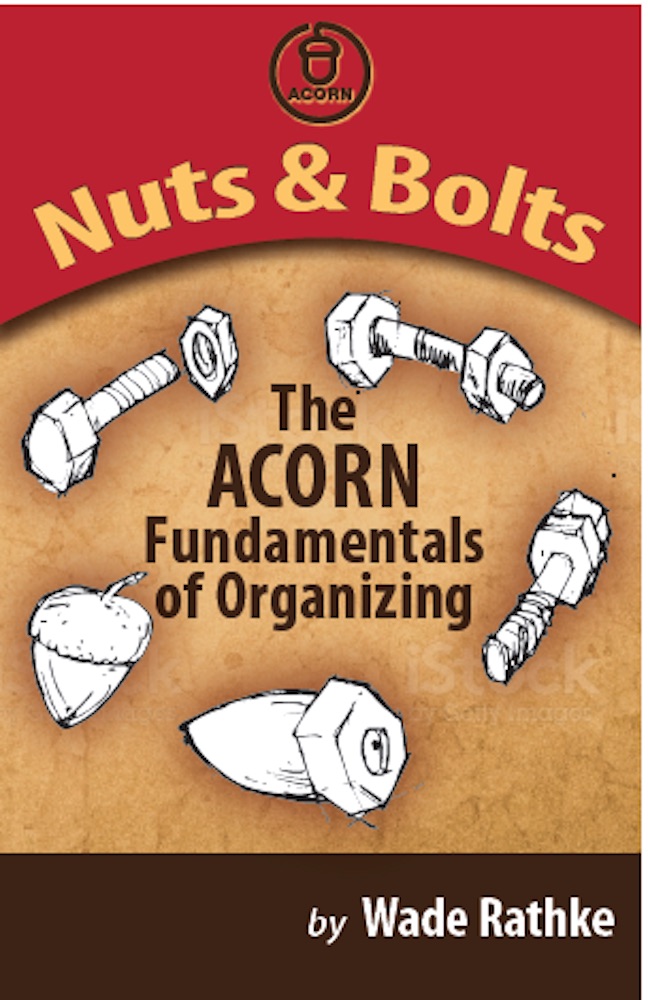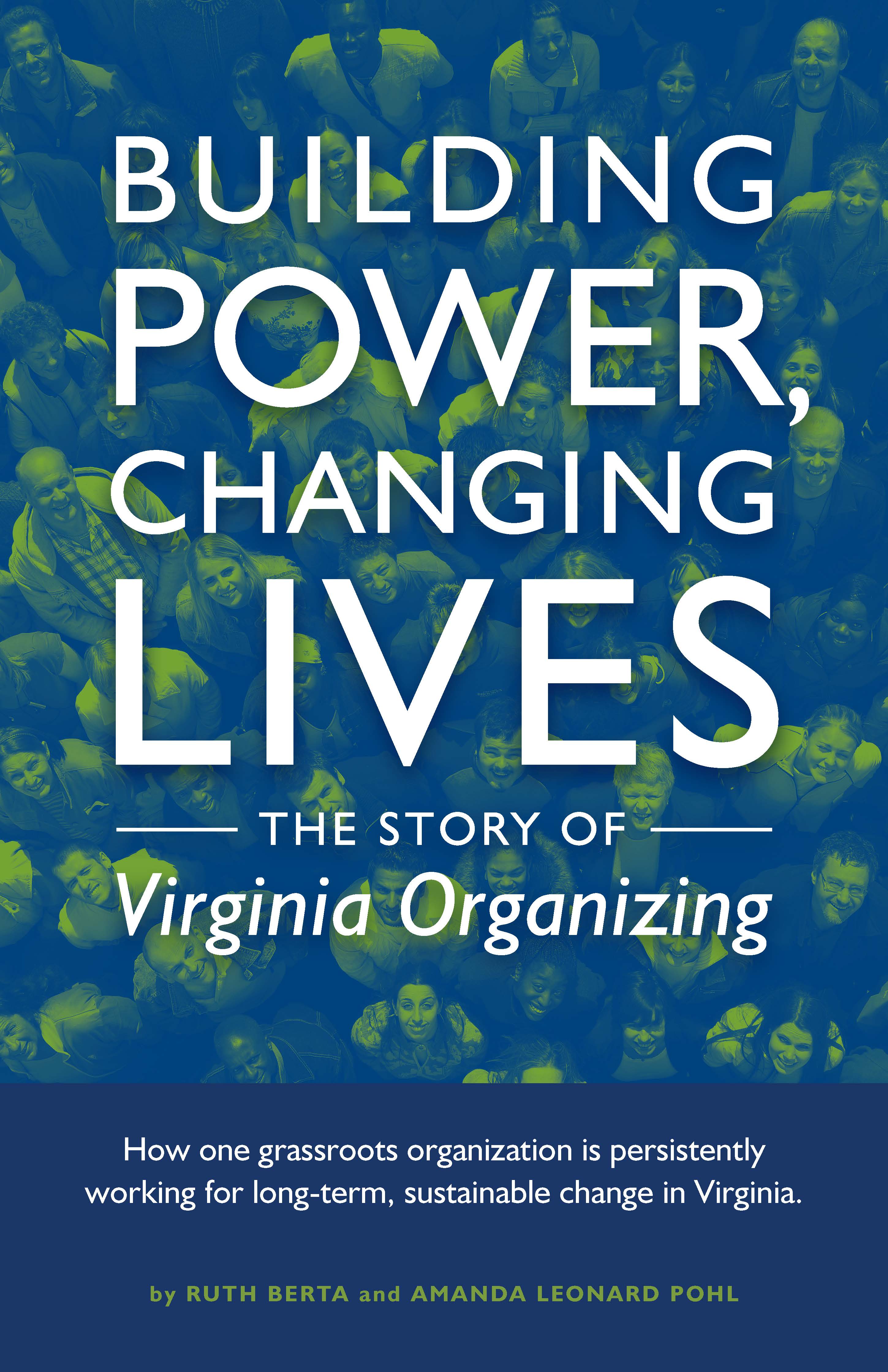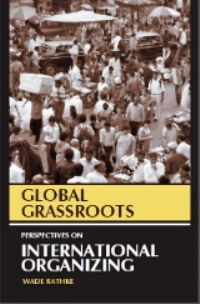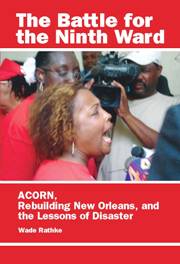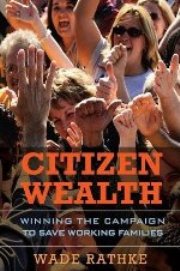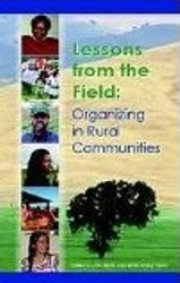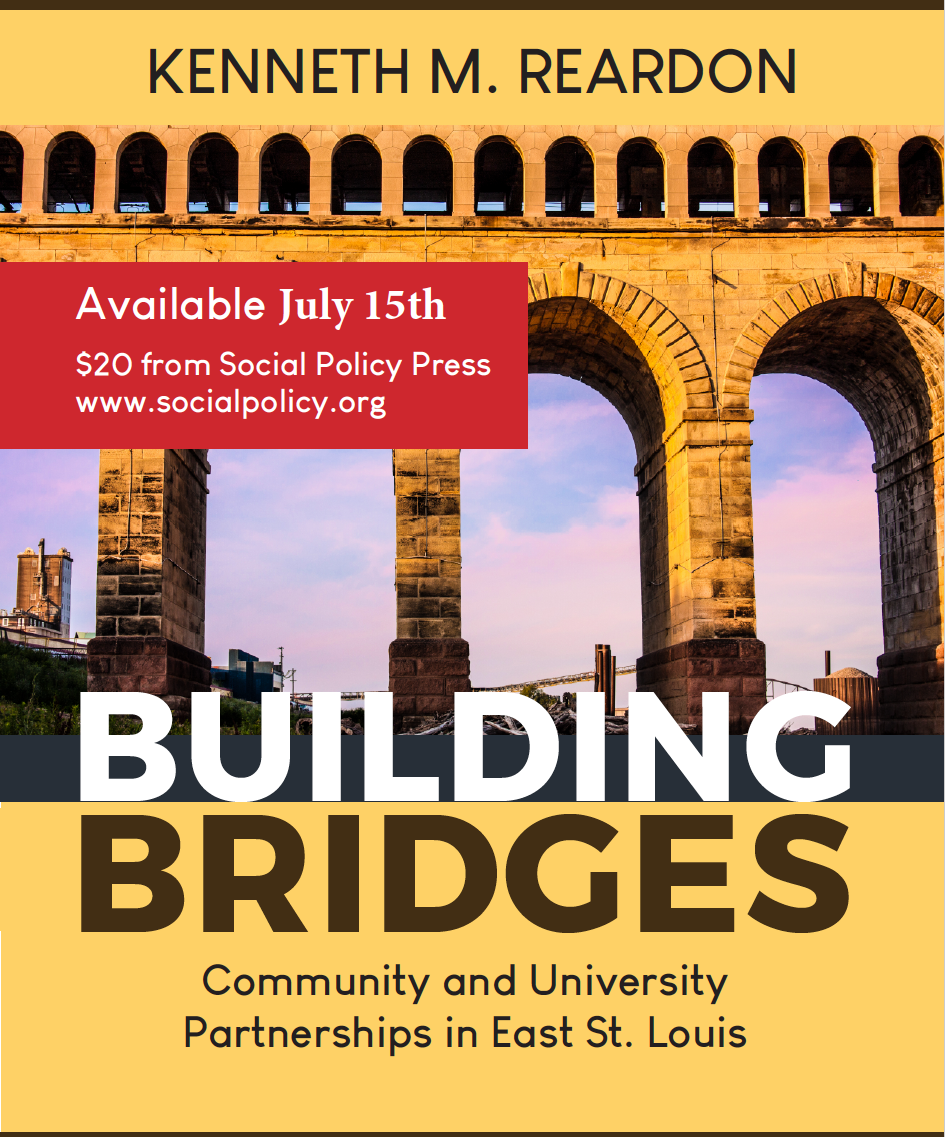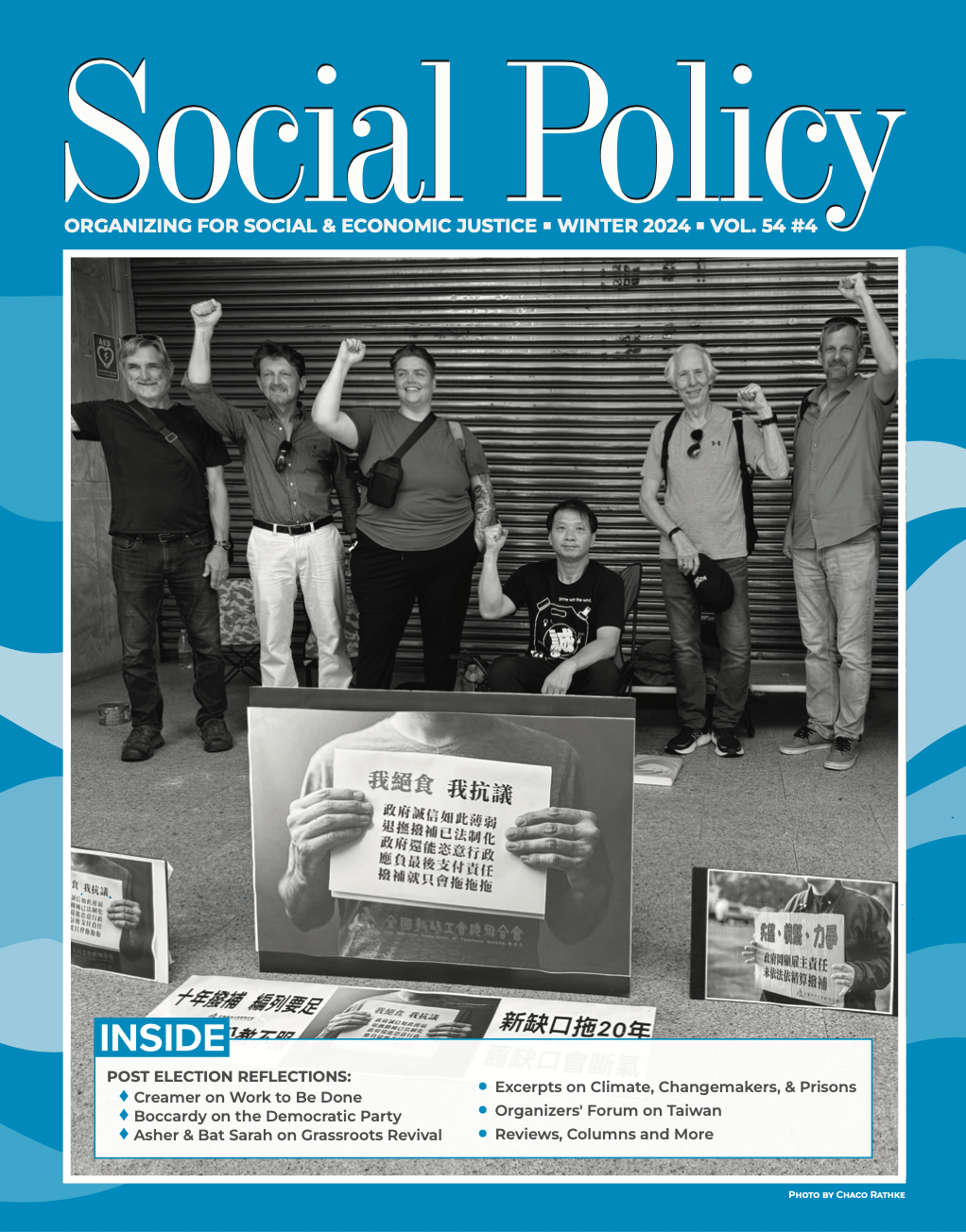SPECIAL REPORT: Organizing Forum International Dialogue in Taipei, Taiwan - Experiences
Written by Wade Rathke
The Diversity of Experiences with the Organizers’ Forum
Editor’s Note: The Organizers’ Forum is a project of Labor Neighbor Research & Training Center. For more than twenty years, Forum delegations have visited as many different countries in order to discover what similar organizations, organizers, and activists are doing, what we can learn, and what we could share. In August 2024, a delegation from the British Columbia General Workers Union (BCGEU), AM/FM, ACORN, and ACORN Canada, along with board member and founder of the Tides Foundation and family of organizations traveled to Taiwan. In 2025, another delegation will visit Romania. Join us!
Members of the delegation have done a great job in sharing highlights of the visit to Taiwan along various themes. I’ll share some of the flavor from the host of meetings we held in Taipei as excerpts from the daily Chief Organizer Reports that I filed from the field.
New Bloom
New Bloom was a fascinating operation on so many different levels. Mainly, it is an on-line newspaper covering Taiwan and southeast Asia. It is also an all-volunteer social enterprise supported largely by coffee and liquor sales at its bar, because it is also an event space in the basement, hosting cultural events along with panels and political discussions. We met with founder, writer, and organizer Brain Hioe at the space New Bloom now rents in the working-class area of Taipei, and it was an education about New Bloom and Taiwan in general.
Brian started New Bloom a decade ago in 2014 at the height of the Sunflower Movement and along with others has been working there ever since, as one of the half-dozen core members. His paid job is with a Philippines-based NGO, which involves traveling extensively around the region, but he adds the work with New Bloom and other projects to that paycheck. His backstory was also interesting. Born in Taiwan to a Taiwanese mother and an Indonesian father, he lived in the Hudson Valley north of New York City for almost 20 years and graduated from New York University. He then answered the call of the movement, which resonated with a number of Taiwanese youths, as those of us from different times and generations could easily appreciate.
Avant Garde Political Art and the Indigenous Taiwanese Struggle
The Indigenous Youth Front was behind this comfortable and well-appointed coffeehouse in downtown Taipei. Yuni came from behind the counter to explain their mission and ended up answering questions from all of us and detailing the continuing indigenous experience in Taiwan, some of which is overt, and some of which consists of daily micro-aggressions, as she explained. Too much of it seemed familiar for North Americans, though obviously unique and distinct. There are 13 recognized groups and perhaps 30 in all. The most complicated situation focused on identity and voting. Taiwanese IDs note indigenous heritage, but it is “chosen” in some ways when an individual self-certifies in the way they adopt their familial name permanently. Everyone is allowed to vote for President of the country, but when it comes to legislative seats in the Parliament, the indigenous community – no matter where they live -- can only vote for either the Mountain or the Plains representative, who rather than representing a geographical district, speaks for a huge part of the whole island. The indigenous population is only about 2%, but hard pressed to assert its voice without something like the Front, which arose with the Sunflower Movement, to make the case.
Lee Tzu Tung had arranged for us to meet us there so she could present her work in a series of slides after we learned about the Front. She detailed a number of her current projects under the rubric of “Sailing in the Pirate Sea of Art.” Each one was almost more complicated than the one before. She had begun her career at the border of the mainland China conflict with the Republic of China in Taiwan arising during the Sunflower Movement. She had embedded herself in Communist Party meetings in the US and on the mainland, as well as at a UN assembly even after Taiwan was expelled. She was trying to explicate the role of shame and the “anti-identity identity,” as she called it being forced on Taiwanese.
Migrant Workers in Taiwan – Critical, but Oppressed
Different from most industrialized countries, this is not a crisis of undocumented migrants. As an island country, entry is restricted, so most blue-collar migrants come with contracts arranged by intermediary brokers, which is a huge and expensive issue itself. The contracts are relatively short at three-years, and until recently a worker had to leave Taiwan and then pay again to come back and renew the contract. That has changed, but the often-predatory broker system has not been altered. Migrants are on a quota and are only accepted from the Philippines, Vietnam, and Indonesia, primarily, though there is discussion about adding India to the list. Migrants are frequently housed in dormitories or apartments provided by the employers. Blue-collar migrants are usually paid less than the minimum wage in Taiwan and restricted from leaving their employers, although “runaway” workers are not uncommon. There is no discernible path to citizenship. Most of the care workers live in the residents of their clients, which add more limits. Few of these restrictions apply to white-collar migrants from soup to nuts.
Hard Road for Taiwanese Unions
There seem to be a number of pieces to the Taiwan labor code, and fights to raise the minimum wage, especially for young workers, as conducted by Youth Labor Union 95 over the last fifteen years have been important as well. The 95 spoke to the number of New Taiwan dollars per hour, which would be in the neighborhood of $3 USD per hour. Yu-Hsuan “Catta” Chou with the Taiwan Federation of Financial Unions, was very helpful. The federation, where she is Deputy General Secretary, is composed of 37 different unions representing 26 of the nationally registered banks in Taiwan. They don’t have a collective agreement yet, but are putting the pieces together. Catta had also been active in the 95 efforts as a student, and was also involved with the NGO Union, an effort to unionize the staffs of nonprofit organizations in the country. Lennon Ying-Da Wang from Service the People Association was also a longtime labor activist, who also helped us get a grip on the big picture for unions.
The large federations do not organize. Like many of the industry-specific federations, they have few staff. Union dues is paid voluntarily and is very low, about 100 NT or $3USD per month. Out of that small amount a fraction becomes the per capita payment to the federations. The ability to strike is limited and either banned or requires a lot of steps to become sanctioned, including a certified vote of over 50% of the union members calling for the action. Unions, where they exist, are enterprise or company specific, neither sectoral or multi-employer, which also creates organizational challenges in some industries. Registering a union did not seem difficult, requiring only thirty members to petition to establish the organization, but building power from that point forward was challenging.
Climate Action in Taiwan
The GCCA is an older organization at more than twenty years. One of their major campaigns dating to their founding has been to ban nuclear plants from the island. They explained there were three plants, but two have been aged and phased out, and the third is scheduled to be decommissioned in 2025. There is another nuclear plant that has been under construction for more than twenty years and may never be completed. We were surprised that almost 40% of energy generation on the island still comes from coal with LNG the other big source. Alternative sources frequently face land use struggles in the competing needs of agriculture versus energy.
The Taiwan Climate Action Network on the other hand is a cross between a climate think tank of sorts, and a federation of five other major environmental groups including GCCA from all around the island. The other groups included the Environmental Rights Foundation, the Taiwan Energy and Rights Organization, the Citizens of the Earth, and the Homemakers Union. Homemakers is an organization that dates back to martial law and is something of a misnomer. The organization was able to be very active under that name when the government at the time felt less threatened by an organization talking about environmental and consumer rights. Taiwan Climate Action Network focuses on island-wide issues by providing the research and support for these campaigns.
Citizens was interesting in that it claimed 2000 dues-paying members. Many of the other organizations had smaller member and donor bases. GCCA told us they had about forty members and 400 donors, for example. Taiwan Climate Action Network was largely able to organize as a federation and think tank with donations from external sources such as the Rockefeller and Bloomberg Foundations based in the US.
Digital Taiwan and Audrey
Tamsui is virtually at the end of the line for the vaunted trains of Taiwan to the north of the island, but still hardly an hour outside of Taipei. Nonetheless, the Organizers Forum jumped at the chance to get out of town, if that’s what it took to meet with Audrey Tang, who enjoys a global reputation as a practitioner and philosopher of the role of the internet in politics and public life especially from her time as the first digital minister for Taiwan…. reading her open-sourced and collaboratively written book, Plurality: The Future of Collaborative Technology and Democracy. It is an interesting read. Taiwan’s embrace of democracy after martial law ended less than forty years ago and includes the utilization of referenda to determine the will of the people. One highlight reel from the book included more than a half-dozen ways that technology and the internet could be used simply and quickly to determine citizen preferences in full-scale or mini-referenda.
Ministers in Taiwan are nonpartisan as opposed to US cabinet or Canadian ministers. Tang held the post for seven-and-half-years. Her portfolio was broad dealing with security challenges and hacking from China to the radio spectrum and more. She described it as two-headed, running and advancing the digital infrastructure and applications in the country, but also continually making the case in the Parliament for funding. She argued that was possible to balance during the pandemic because so much of the work could be done remotely on zoom. With the end of the pandemic, when she had done an estimated 2000 zoom panels, she could see how the job was impossible if she met the both the demands for constant travel to promote the country and its digital programs with the need to also be available to serve parliament. She is now barred by ethics rules for ministers from being part of any for-profit or commercial startup for the next several years.
Notes for My Father on Taiwan
Signs were everywhere to prevent jaywalking and announcing the fines between $10 and $15 for infractions. Pedestrians have the right-of-way, and it was respected. There were lots of traffic police, but otherwise not much visible police presence. Most importantly, there were timed walk signs at almost every intersection, even sometimes small alleys. Amazingly, Taiwanese respected the signs. It was impossible to guess at the algorithm because it was up to 90 seconds on some smaller streets and hardly 30 on some larger. People waited patiently though, whatever the number. In one of our meetings, we were informed there was a dramatic cultural shift with the building of the CRT, rapid transit system. People began to respect the lines drawn for entry and this spilled out throughout the city’s systems.


